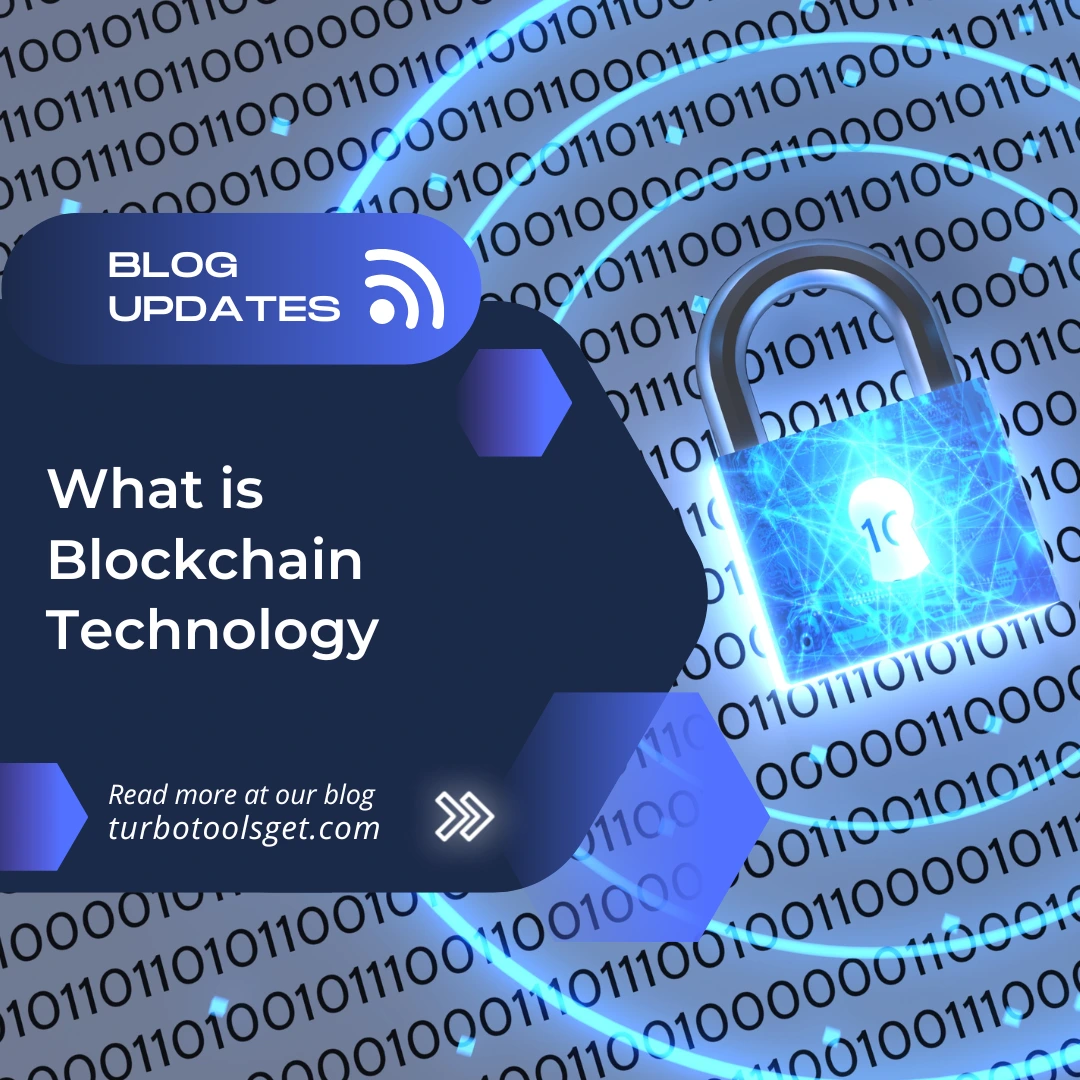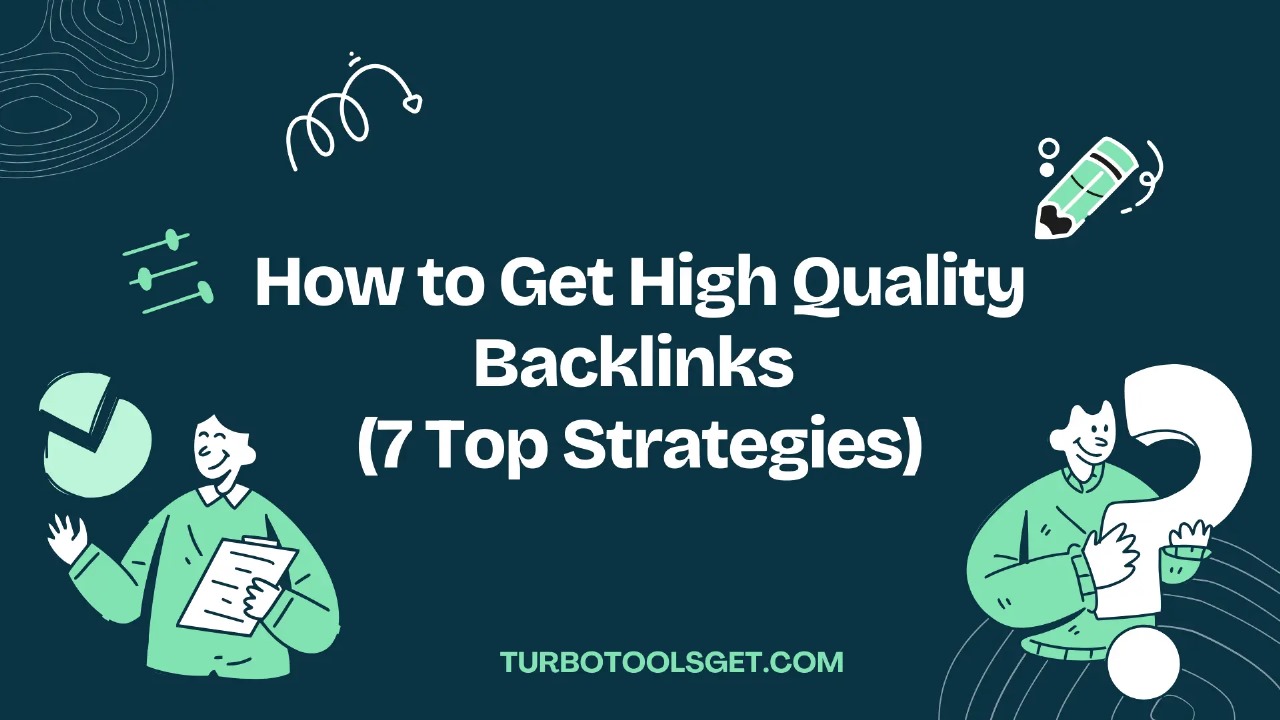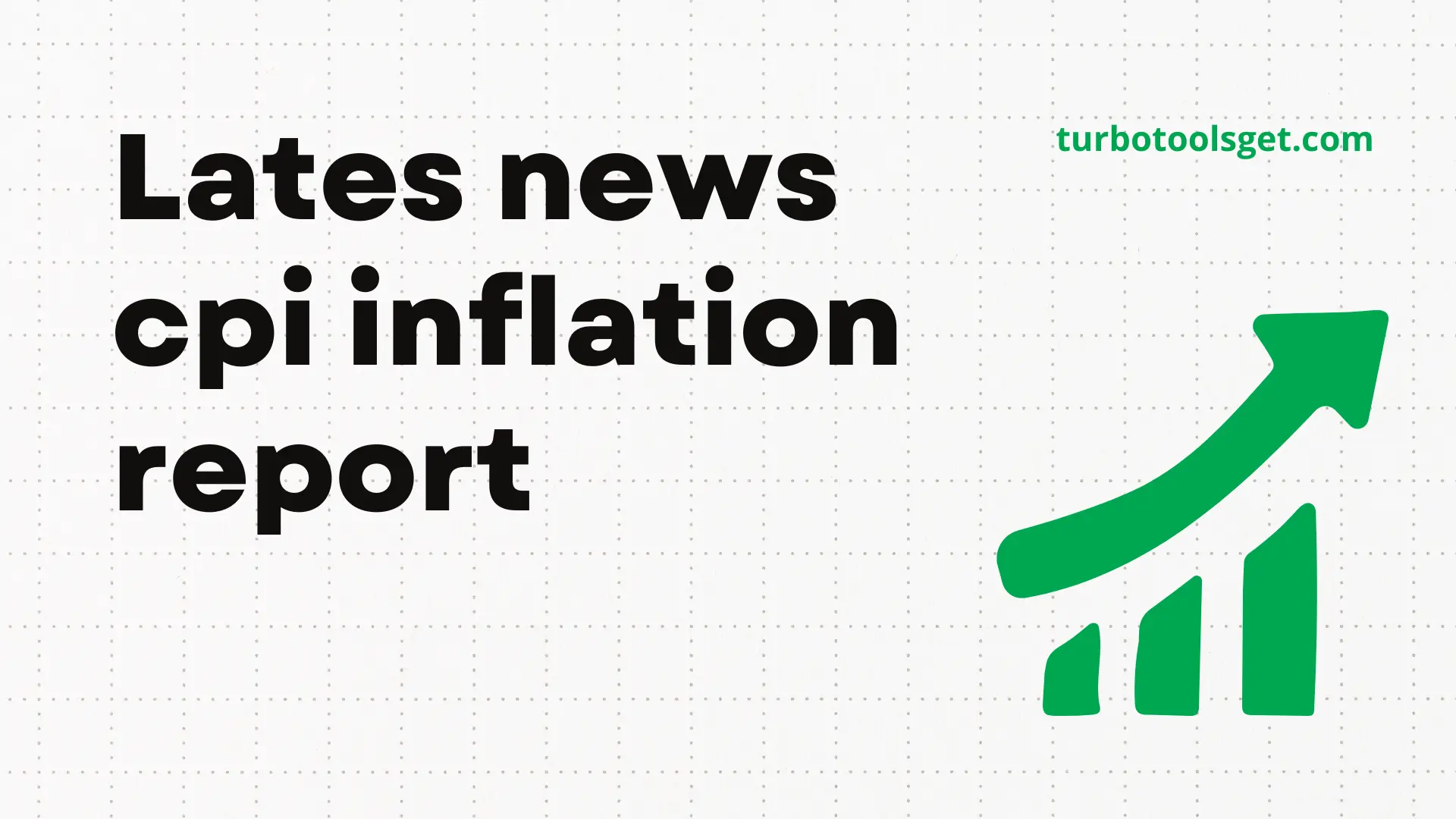What exactly is a blockchain?

In the most fundamental sense, a blockchain is an immutable, distributed and decentralized record-keeping system that uses nodes connected across a network of computers to store transactions. That makes data processing very safe, efficient, and transparent, thus, it is the most effective and powerful source for both the verification and organization of data.
Table of Contents
Key features of a blockchain
The key features of the Blockchain technology are the opposite of traditional data storage systems.
Decentralized: Instead of being centrally owned like traditional databases, a blockchain exists on a network of participants. “In other words, there is a world of difference between being hosted across hundreds of thousands of nodes versus a single point-of-failure this kind of decentralization mitigate censorship and manipulation both.
Immutability: Once a transaction is appended to the blockchain, it becomes immutable and cannot be altered or deleted. Its immutable nature guarantees the integrity of data and promotes trust between participants.
Increased Transparency: All transactions performed on a blockchain are visible to all parties involved, resulting in increased transparency and accountability. This anonymity, however, is entirely dependent on the blockchain.
Security: Leveraging cryptographic techniques, blockchain technology securely protects users from unauthorized entry and processing of information. In a consensus mechanism everyone is expected to be in unanimous agreement with whether a block is valid. Every blockchain has its specific consensus mechanism (ex. PoW, PoS).
How a Blockchain Works
Blocks are linked together to create a blockchain, where a block is a collection of transactions. Anyway, here’s a bit about how that works.
Step 1: Transaction Initiation A user initiates a transaction that is broadcast to the network.
Notice that all of what mentioned above happens after an event is created (we are deceived to think that we are sending a message containing an action) and then miners or validators (called so in a proof of stake system) verify the action and produces a block containing numerous actions and witnesses (proof of resource event outcome).
Verification of transactions: The transactions inside the block are verified to remove non-valid transactions. Adding the Block When the block has been verified, it’s added to the blockchain. This creates a permanent and unchangeable record of any transaction. The phrase including blocks to the previous blocks will form a growing chain of blocks as time goes by.
Types of Blockchains
There are three types of blockchains broadly
Public Blockchains: This is a permission less type of blockchain where anyone can join. Public blockchains, such as the Bitcoin and Ethereum networks.
Private Blockchains: Its permissioned and operated by single organization Private blockchains offer more control and privacy but sacrifice some of the advantages granted by public blockchains.
Hybrid blockchain : The hybrid blockchain wiring is a number of organizations controlling this network that are both private and public.
Blockchain technology use cases. Blockchain technology has far more potential than just being a use case of crypto. Here are some use cases that offer real value.
Supply Chain Management : Blockchain can be used to trace the journey of goods and materials throughout the supply chain, providing transparency and authenticity.
VoteCasting: Another amazing application of Blockchain would be to create a digital votecasting system that provides secure, tamper-proof and yet transparent voting. Digital identity â Blockchain can be utilized to create and handle digital identities, giving people more control of their data.
Intellectual Property Protection: Assist in registering/protecting IP. A Game Changer Tech With Multiple Industry ApplicationsIndustry SegmentsBlockchain is a disruptive technology with several applications and contributions across multiple verticals. Such systems are as follows.
Land Registry: The land register can also be set up through the blockchain, it forms a secure transparent ledger of ownership of the property preventing disputes and scams.
Challenges and Limitations
Although promising, blockchain technology has some challenges and limitations to keep in mind.
Non-scalable: Transactions on the Blockchain cannot handle higher no. of transactions, thus they are non-scalable.
Technological uncertainty: New regulations are being developed around the technological aspects of blockchain.
Scalability: Some blockchain networks (Proof-of-Work) consume excessive energy.
Security Risks: The blockchain inherently comes with certain risks, smart contracts may contain bugs and others may be prone to exploit.
The Future of Blockchain
Despite the challenges noted, blockchain technology can transform industries. The worst are not just about the tech itself as it grows up and fixes its mistakes, but also about what forms that tech will take and the paths by which it will seep into our daily lives in the future.
Conclusion
Blockchain is the revolutionary technology that allows to store and the validate the data in a consensual, transparent and secure manner. Hence, its decentralized and immutable nature can be leverage for use cases ranging from supply chain administration and digital identity. Still, a long way to go, but the potential for blockchain to redefine industries is huge and necessarily bright.
RIZVE MAMUN
CEO / Co-Founder
Enjoy the little things in life. For one day, you may look back and realize they were the big things. Many of life's failures are people who did not realize how close they were to success when they gave up.





